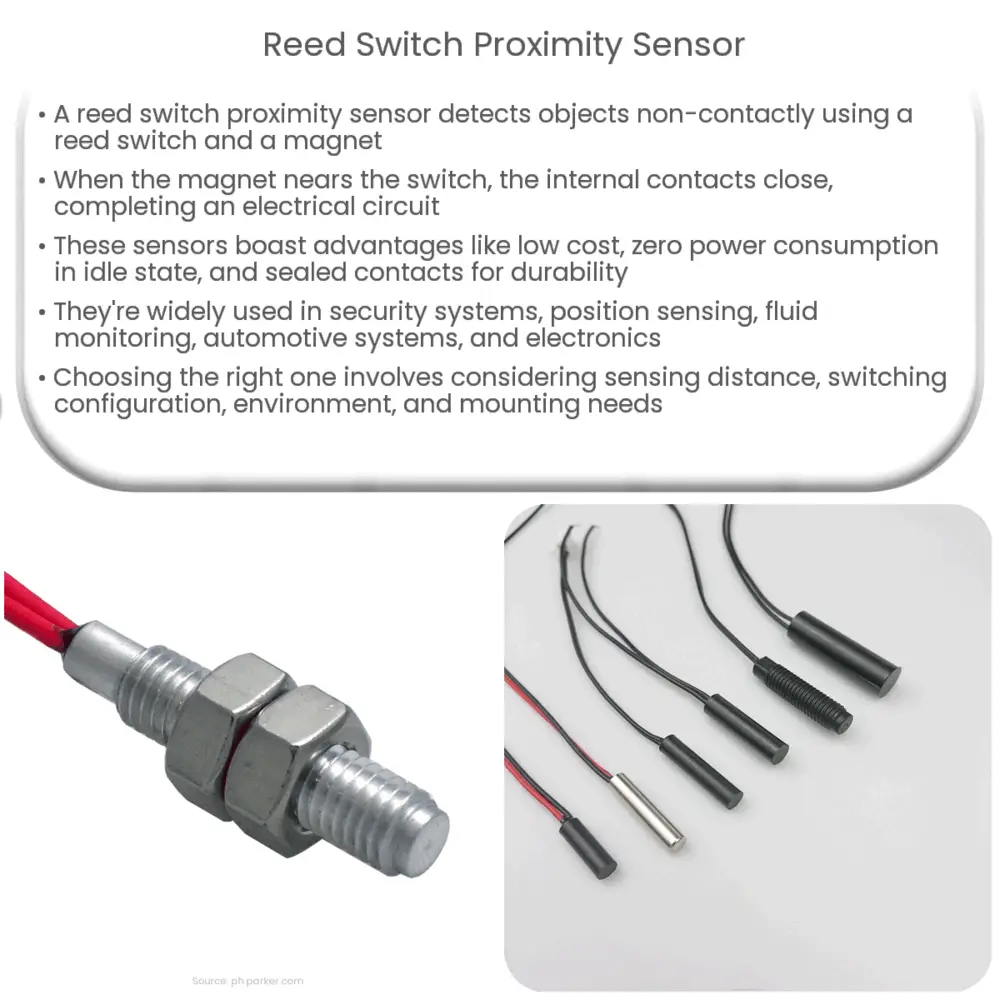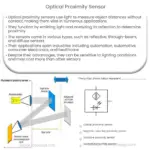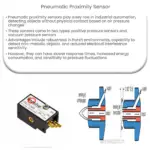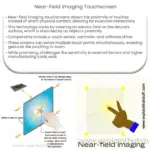A reed switch proximity sensor is an affordable, non-contact device that detects objects using a magnet and reed switch, ideal for various industries.

Reed Switch Proximity Sensor: Overview and Applications
Introduction
A reed switch proximity sensor is a versatile and cost-effective solution for detecting the presence, position, or proximity of an object in a non-contact manner. It consists of two main components: a reed switch and a magnet. The reed switch is a type of electrical switch that can be operated by an applied magnetic field. When the magnet is brought near the reed switch, the magnetic field causes the metal contacts inside the switch to close, allowing an electrical current to flow through the circuit. In this article, we will explore the operating principle, advantages, and various applications of reed switch proximity sensors.
Operating Principle
The reed switch proximity sensor operates on the simple principle of magnetic actuation. The reed switch is made up of two thin, flexible ferromagnetic metal contacts, called reeds, hermetically sealed inside a glass envelope. When a magnet is brought near the reed switch, the magnetic field generated by the magnet pulls the metal contacts together, closing the switch and completing the electrical circuit. As the magnet is moved away, the magnetic field weakens, and the reeds separate, opening the switch and breaking the electrical circuit.
Reed switch proximity sensors are available in two primary configurations: normally open (NO) and normally closed (NC). In a normally open configuration, the reed switch is open by default, and the circuit is completed only when the magnet is brought near the switch. Conversely, in a normally closed configuration, the reed switch is closed by default, and the circuit is broken when the magnet is brought near the switch.
Advantages of Reed Switch Proximity Sensors
Reed switch proximity sensors offer several key advantages over other types of proximity sensors, such as inductive or capacitive sensors. Some of the most significant benefits include:
- Simple construction and low cost: Reed switches are mechanically simple devices with few moving parts, resulting in lower manufacturing costs and increased reliability.
- No power consumption in idle state: Unlike other types of sensors, reed switches consume no power when the switch is open, making them an energy-efficient option for many applications.
- Hermetically sealed contacts: The metal contacts inside the reed switch are sealed within a glass envelope, protecting them from external contaminants and ensuring a long service life.
- Wide operating temperature range: Reed switch proximity sensors can function in a broad range of temperatures, making them suitable for various environments and industries.
- High switching speed: Reed switches can switch on and off rapidly, allowing them to detect fast-moving objects or changes in position.
Common Applications of Reed Switch Proximity Sensors
Due to their versatility and cost-effectiveness, reed switch proximity sensors are used in a wide variety of applications across different industries. Some common use cases include:
- Security systems: Reed switch proximity sensors are commonly used in door and window sensors to detect unauthorized access. When a door or window is opened, the magnet moves away from the reed switch, triggering an alarm.
- Position and limit sensing: These sensors can be used to detect the position or end of travel of a mechanical component, such as a sliding door or a machine part, ensuring proper functioning and preventing damage due to over-travel.
- Fluid level monitoring: By attaching a magnet to a float within a container, reed switch proximity sensors can be used to detect the level of liquid in tanks or reservoirs, providing valuable information for process control and management.
- Automotive applications: Reed switch sensors are employed in various automotive systems, such as fuel level gauges, seatbelt monitoring, and gear position detection, to ensure the safe and efficient operation of vehicles.
- Consumer electronics: Reed switch sensors can be found in devices like laptops and smartphones, where they are used to detect the opening and closing of covers or the presence of a stylus.
Selecting the Right Reed Switch Proximity Sensor
When choosing a reed switch proximity sensor for your application, it’s essential to consider several factors, including the required sensing distance, the type of object being detected, the operating environment, and any specific mounting or installation requirements. Some key factors to keep in mind are:
- Sensing distance: The sensing distance is the maximum distance at which the reed switch can reliably detect the presence of a magnet. This distance depends on the strength of the magnet and the sensitivity of the reed switch. Be sure to select a sensor with an appropriate sensing distance for your specific application.
- Switching configuration: Determine whether a normally open or normally closed configuration is best suited for your application. Normally open configurations are ideal for detecting the presence of an object, while normally closed configurations are better suited for detecting the absence of an object.
- Operating environment: Consider the temperature, humidity, and presence of contaminants or corrosive substances in the environment where the sensor will be installed. Choose a reed switch proximity sensor with appropriate environmental ratings to ensure reliable operation and longevity.
- Mounting and installation: Ensure that the selected sensor can be easily mounted or installed in the desired location and orientation, and consider any additional accessories or mounting hardware that may be required.
In conclusion, reed switch proximity sensors offer a simple, cost-effective, and reliable solution for detecting the presence or position of objects in various applications. By understanding their advantages, common uses, and selection factors, you can choose the right reed switch sensor to meet your specific needs.




